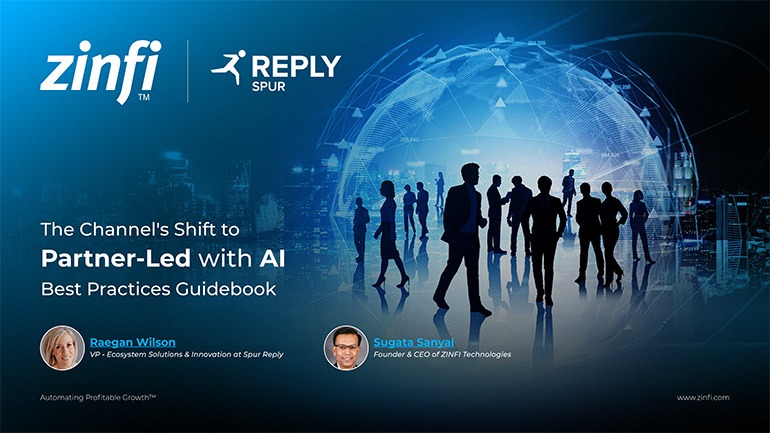Best Practices Articles
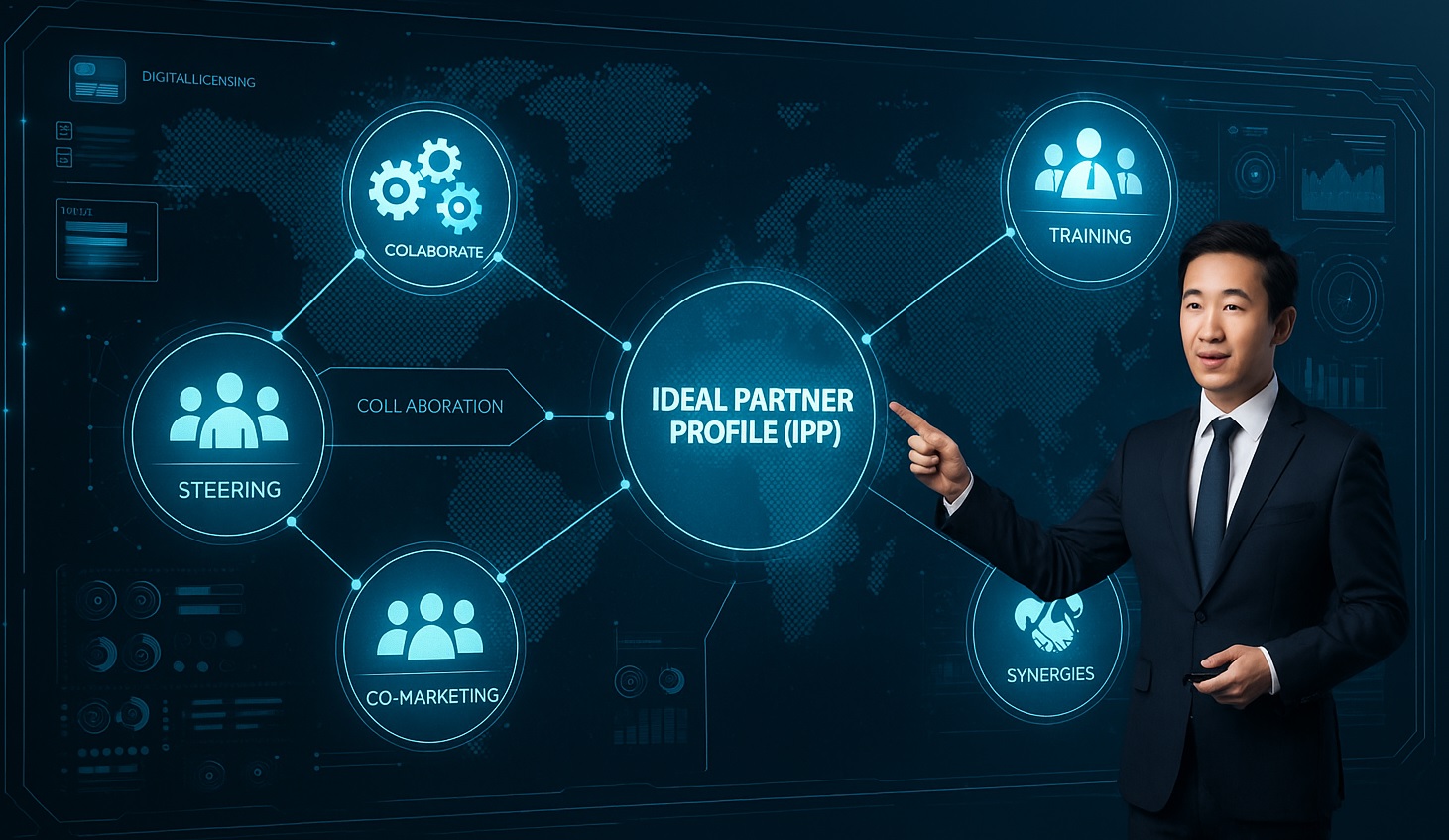
Designing High-Impact Partner Programs for Global Channel Success
The expansion of global technology markets has transformed partner programs into strategic imperatives for growth-focused organizations. These programs are structured engines of influence, scale, and ecosystem innovation. Companies that execute partner programs precisely create a competitive advantage by aligning market segmentation with partner specialization, amplifying brand reach through co-marketing, and accelerating revenue through operationally mature enablement systems.
Organizations must structure partner programs as unified systems to meet those ambitions, not disjointed initiatives. The most effective programs define ideal partner profiles (IPPs), segment go-to-market motions, build tiered incentive frameworks, and track KPIs within a globally coordinated architecture. At their core, these programs balance local autonomy with centralized strategy, using tools like Partner Relationship Management (PRM) software to drive consistent execution and real-time accountability.
This article breaks down the key components of high-performing partner programs. It explores the strategic architecture and shows how companies can operationalize enablement, track success, and build scalable, sustained channel growth. Organizations that treat their partner ecosystem as an extension of their business will grow larger, more aligned, and ultimately more profitable networks.
1. Establishing Strategic Foundations
High-impact partner programs begin with clarity. Before recruiting, onboarding, or enabling partners, companies must create a strategy that reflects both internal goals and external realities. This foundation depends on alignment between executive vision, sales strategy, customer segmentation, and partner capabilities.
Organizations must first define their Ideal Customer Profile (ICP) across verticals, regions, and deal sizes. From that foundation, they shape their Ideal Partner Profile (IPP)—outlining the partners best positioned to access, influence, and convert those customers. For example, cybersecurity vendors targeting regulated industries may prioritize partners with compliance consulting experience and integration capabilities.
Leadership must also define the program’s scope. Do they aim to engage value-added resellers (VARs), managed service providers (MSPs), cloud aggregators, or system integrators? Which geographies take priority? Does the program prioritize acquisition, upsell, retention, or all three?
This clarity allows teams to align tiering models, enablement paths, and incentives with partner roles. It also helps stakeholders understand how the program contributes to operating plans, from product to finance to marketing.
Companies should also build governance into their strategic foundation. By forming steering committees with cross-functional stakeholders, they maintain visibility into partner performance and adapt quickly. These governance structures keep partner programs aligned with business strategy as it evolves.
Strategic foundations must also anticipate market shifts. As new technologies emerge or buyer expectations change, partner programs must adjust. Companies that engage in scenario planning and competitive benchmarking stay ahead of change and respond with agility.
2. Building and Enabling the Right Partner Base
Once companies define their strategy, they begin building a qualified partner base. This stage requires intentional recruitment and meaningful enablement. Organizations should attract partners who deliver unique value and equip them to succeed.
Recruitment teams must target partners that match the IPP. These partners bring the right customer relationships and demonstrate proven execution. Teams can mine CRM systems, analyze LinkedIn networks, attend industry events, and seek referrals to identify high-potential candidates.
Once partners join, program managers should focus on enablement. High-performing programs tailor onboarding based on partner type, role, and geography. Sales engineers need training that is different from that of marketing leads. Global integrators require more technical depth than regional MSPs.
Enablement continues beyond onboarding. Managers must give partners ongoing access to product updates, sales plays, training modules, and co-branded materials. PRM software centralizes this content and tracks usage, engagement, and certification.
Organizations also schedule live workshops, provide account manager check-ins, and invite partners to roadmap briefings. This human connection reinforces digital enablement and drives stronger collaboration.
Forward-thinking companies use certification frameworks to monitor and reward learning. They deploy micro-credentials, personalized learning paths, and gamified milestones. Recognition programs and digital badges build partner motivation and increase market credibility.
Companies that invest in continuous enablement—not one-time training—build ecosystems of stronger, more independent partners who ramp quickly, sell more, and stay longer.
3. Designing Tiered Value and Incentive Models
Partner contributions vary widely. High-performing companies account for this variation by designing tiering structures that reward impact, foster engagement, and support scale.
Companies develop tiering models by evaluating current partner performance and future potential. They assess revenue generation, pipeline contribution, certification levels, co-marketing participation, and customer success. Weighting these metrics creates a multidimensional view of partner value.
Program leaders use tiers to deliver differentiated value. They give top-tier partners early product access, dedicated account teams, premium MDF funding, and executive access. They support mid-tier partners with scalable training and regional assistance. They guide entry-tier partners through self-service tools and structured growth paths.
Instead of rewarding pure volume, incentive programs should encourage strategic behavior. Managers can offer higher margins for sourced deals, rebates for cross-product sales, or bonuses for adopting new offerings.
Companies create success plans to help partners move up the ladder with clear targets, capability milestones, and performance metrics. Account managers review these plans regularly and hold both sides accountable.
Top programs also experiment with performance-based incentives. For example, they launch short-term accelerators for new products or stackable incentives for partners who complete cross-functional training.
Transparency builds trust. PRM systems let partners monitor their status, track progress, and understand how they earn rewards. This visibility encourages performance, fosters loyalty, and promotes continuous improvement.
4. Operationalizing Success Through Systems and Metrics
To scale effectively, companies must treat partner programs as structured operating systems. That means defining and tracking the KPIs that reflect health and impact.
Program leaders monitor metrics like:
- Partner-sourced pipeline
- Win rates by partner tier
- Time to first deal
- Certification and training completion
- Marketing ROI and influence
Dashboards consolidate these KPIs at global, regional, and partner levels. Leaders gain insight into what's working, where to intervene, and how to optimize support. Automated alerts and reporting reduce manual effort and speed up response.
PRM software anchors this system. These platforms consolidate partner records, track activity, manage training, and connect to CRM and incentive tools. They drive accountability and allow programs to scale without losing visibility.
Governance systems also support scalability. Leaders run partner advisory boards, internal steering committees, and recurring business reviews to gather input and share feedback. These loops help refine strategy and solve real-world partner challenges.
Strong programs also capture qualitative insights. They collect feedback through open-ended surveys, executive roundtables, and direct input from account teams. This qualitative data adds depth and context to the numbers.
Advanced programs layer in predictive analytics. By analyzing trends, they detect signs of disengagement, anticipate performance drops, and preemptively adjust. Channel leaders then deploy tailored interventions—redirecting resources, adjusting enablement, or revising incentive models.
5. Scaling Across Geographies and Business Segments
As programs grow globally, complexity rises. Customer behaviors, market maturity, and partner landscapes vary by region. Still, companies must preserve consistency in how they structure and deliver their partner experience.
To manage this, companies adopt a modular program design. Headquarters defines core strategy, tiering logic, and incentive structures. Regional teams execute with localized onboarding, content, and partner engagement.
Analytics enables coordination. Global teams benchmark partner metrics by region. Regional leaders refine their approach by analyzing content engagement, performance trends, and feedback loops.
Companies must also segment partners by customer tier. Partners serving SMB accounts require different training and resources than those managing enterprise relationships. Aligning partner types with customer segments ensures execution stays relevant.
Cultural fluency matters. Companies translate more than language—they adapt business etiquette, relationship norms, and buyer expectations. Regional field leaders act as interpreters of global strategy, tailoring programs for local success.
Organizations should establish regional centers of excellence (COEs). These COEs gather market intelligence, curate localized best practices, and lead in-country training. They empower regions while reinforcing alignment.
Global companies also grant regions limited autonomy. Local leaders operate within governance frameworks, but they own day-to-day decisions. This structure balances consistency with agility and ensures local accountability.
Conclusion
Partner programs are one of a modern business strategy's most versatile, scalable growth drivers. To maximize their impact, organizations must go beyond tactical execution. They must build partner programs as deeply integrated ecosystems—rooted in strategy, powered by data, and driven by mutual value.
Effective programs align directly with company priorities and customer needs. They reflect operational discipline, leverage innovative systems, and foster collaboration. They evolve as markets shift, partners mature, and new technologies emerge.
When organizations treat partner ecosystems as extensions of their core business, they unlock growth, efficiency, and competitive edge. These partner programs don’t just keep pace—they lead transformation, capture new opportunities, and build enduring value in every market they serve.
Best Practices Guidebook
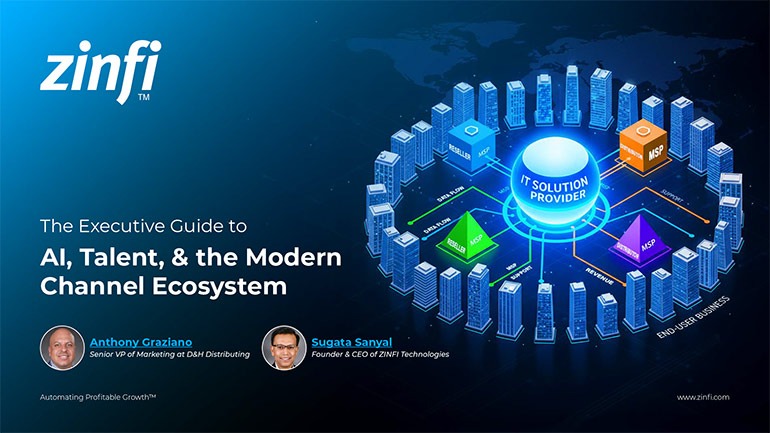 Modernizing Channel Marketing: AI and Ecosystem Enablement Best Practices
Modernizing Channel Marketing: AI and Ecosystem Enablement Best PracticesDownload for FREE
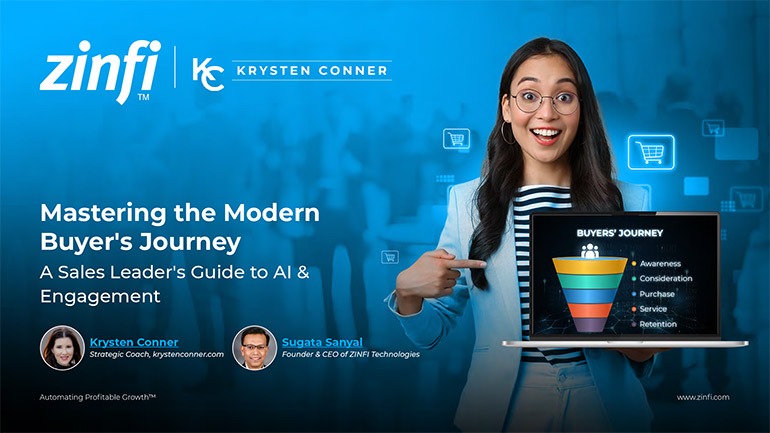 The Channel’s Shift to Partner-Led With AI Best Practices
The Channel’s Shift to Partner-Led With AI Best PracticesDownload for FREE
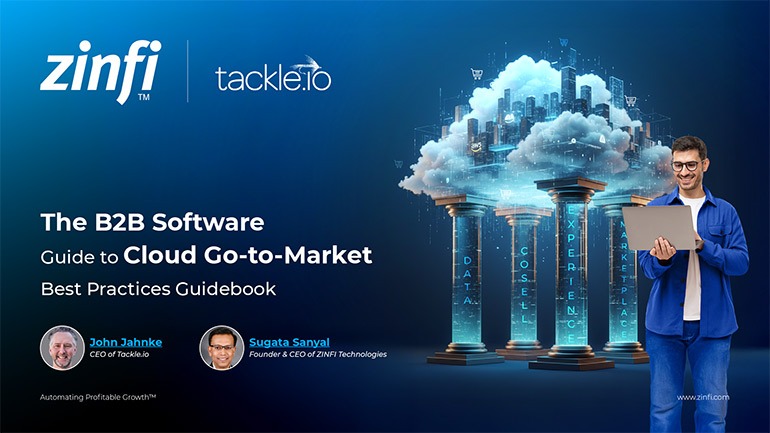 Hyperscalers, ISVs, and AI: Shaping the Future of B2B Software Distribution
Hyperscalers, ISVs, and AI: Shaping the Future of B2B Software DistributionDownload for FREE
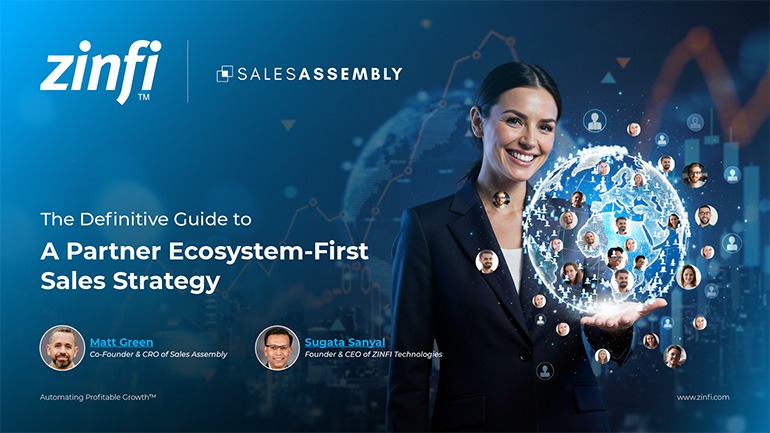 Definitive Guide to a Partner Ecosystem-First Sales Strategy
Definitive Guide to a Partner Ecosystem-First Sales StrategyDownload for FREE
 The Partner-Led Digital and AI Transformation Best Practices
The Partner-Led Digital and AI Transformation Best PracticesDownload for FREE
 Startup Talent Recruitment: Hiring Missionaries, Not Mercenaries
Startup Talent Recruitment: Hiring Missionaries, Not MercenariesDownload for FREE
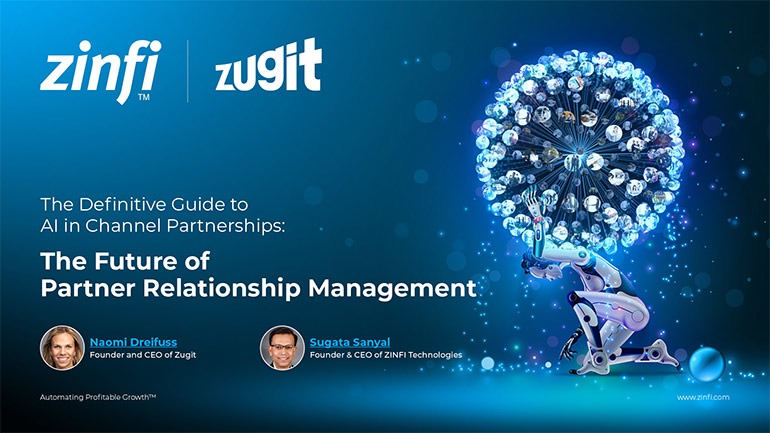 The Future of Partner Relationship Management with AI in Partnerships
The Future of Partner Relationship Management with AI in PartnershipsDownload for FREE
 Cybersecurity for the 99%: Strategies from the Frontline
Cybersecurity for the 99%: Strategies from the FrontlineDownload for FREE
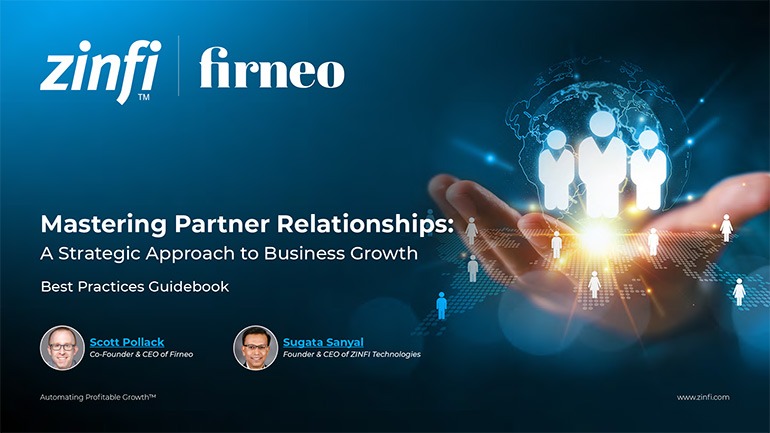 Mastering Partner Relationships: A Strategic Approach to Business Growth
Mastering Partner Relationships: A Strategic Approach to Business GrowthDownload for FREE
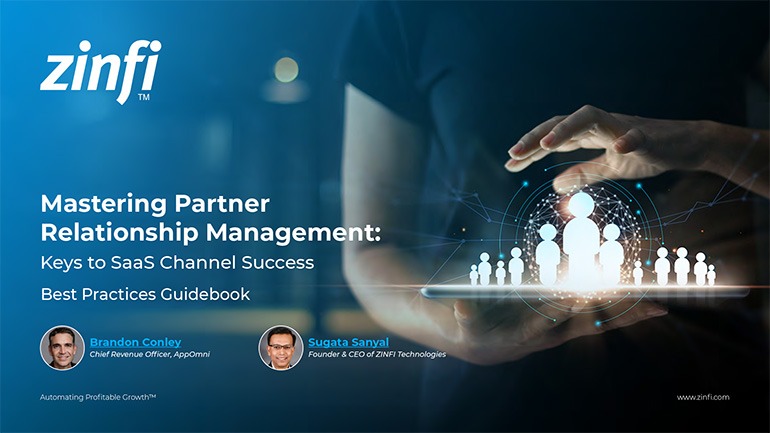 Mastering Partner Relationship Management: Keys to SaaS Channel Success
Mastering Partner Relationship Management: Keys to SaaS Channel SuccessDownload for FREE
 Navigating the AI Revolution: Guide for Partners in the Microsoft Ecosystem
Navigating the AI Revolution: Guide for Partners in the Microsoft EcosystemDownload for FREE
 Mastering the Modern Buyers Journey: Sales Leader’s Guide to AI & Engagement
Mastering the Modern Buyers Journey: Sales Leader’s Guide to AI & EngagementDownload for FREE

